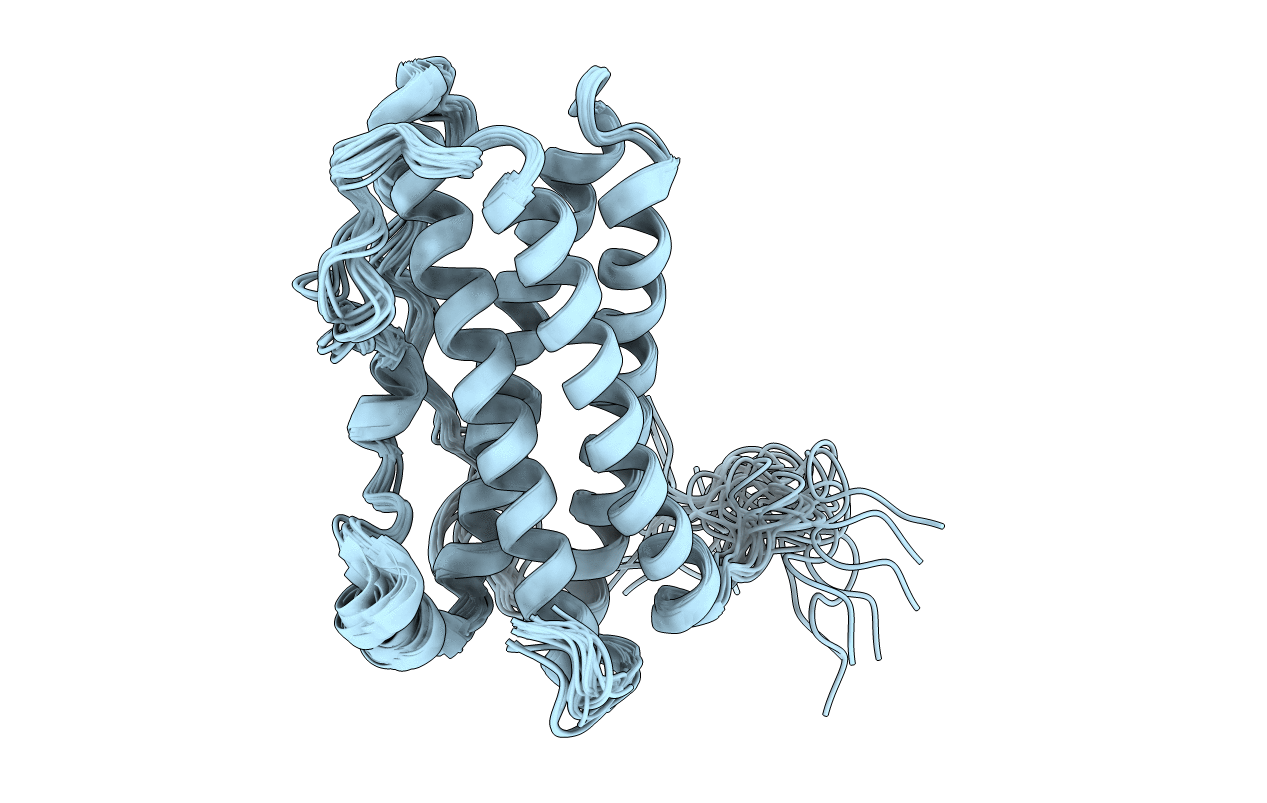
Deposition Date
2003-12-16
Release Date
2005-02-22
Last Version Date
2024-10-09
Method Details:
Experimental Method:
Conformers Calculated:
200
Conformers Submitted:
20
Selection Criteria:
The submitted conformer models are the 20 with the lowest energy of the structures with no restraint violations larger than 0.4 A, 5 deg, and 1 Hz for noe's, torsion angles and rdc's respectively


